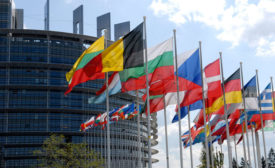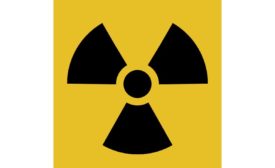Sustainability in Health and Safety
A FairWarning Story
Soaring costs but limited progress in cleanup of ‘scariest’ nuclear sites
May 9, 2019
Never miss the latest news and trends driving the safety industry
eNewsletter | Website | eMagazine
JOIN TODAYCopyright ©2024. All Rights Reserved BNP Media.
Design, CMS, Hosting & Web Development :: ePublishing






